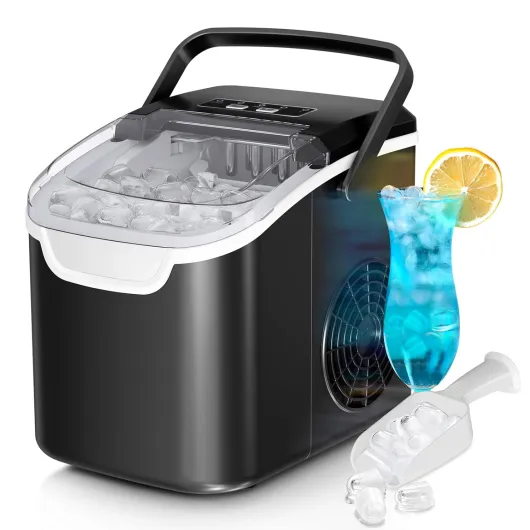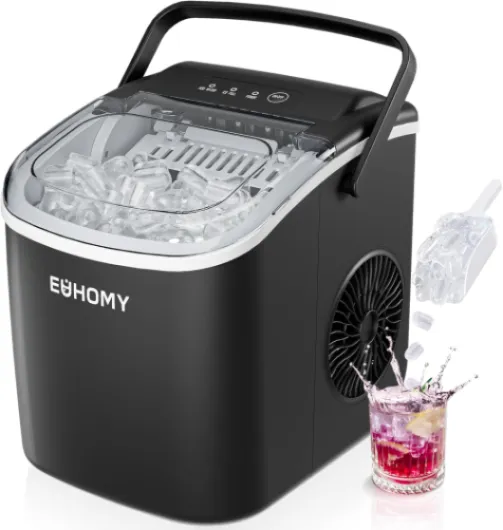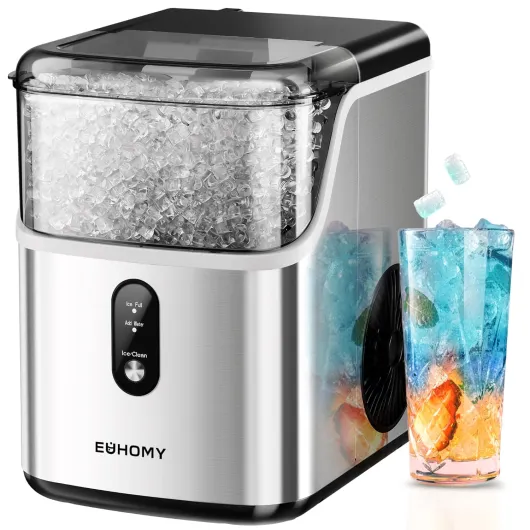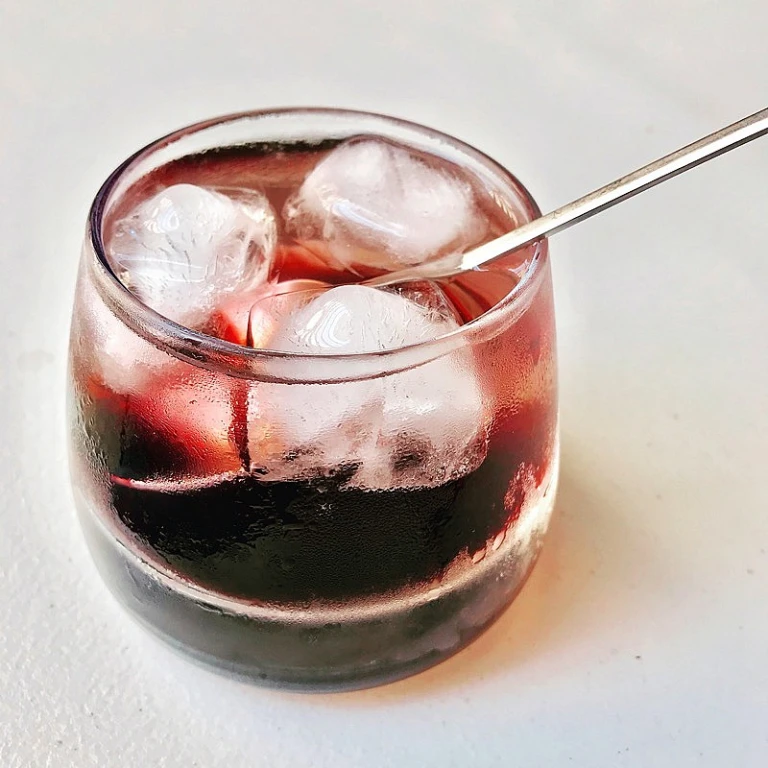
Understanding Different Types of Ice Makers
Portable Ice Makers
Portable ice makers are compact and ideal for quick and small batch production, making them perfect for home kitchens, parties, or small gatherings. These machines are easy to use and typically don't require a water line connection. However, they may not keep ice frozen over long periods, so it's essential to store the ice elsewhere if you need it to last.Under-Counter Ice Makers
For those who require more ice on a regular basis, under-counter ice makers are an excellent choice. They are installed directly into cabinetry and connected to a water supply line, making them a more permanent solution. With greater capacity, these machines are suitable for larger households, home bars, or small commercial settings.Countertop Ice Makers
These are slightly larger than portable units and are suitable for frequent use. They combine portability with higher production efficiency, making them a great addition to a medium-sized household or office. Consider factors such as ice size and shape when choosing the right model for your needs.Industrial Ice Makers
When it comes to commercial settings or situations that require large volumes of ice, industrial ice makers are indispensable. Designed for durability and maximum output, these units typically support features you'd expect in a commercial context. Investing in them can be costly, but necessary for restaurants, bars, or any business heavily reliant on ice availability. Discover more reasons to opt for a pelletized ice maker for your home or business to maximize efficiency based on your specific requirements.Key Features to Look for in an Ice Maker
Vital Aspects When Selecting an Ice Maker
Choosing the right ice maker involves understanding certain critical features that can significantly impact your overall user experience. You'll want to keep these features in mind as you evaluate different models.
- Ice Production Capacity: Evaluate how much ice a machine can produce within a 24-hour period. If you frequently entertain guests or have a large family, opting for a model with a higher capacity will be beneficial.
- Storage Capacity: Another crucial factor is how much ice the machine can store. You don’t want to run out in the middle of a gathering, so ensure the storage matches your needs.
- Type of Ice Produced: Depending on your preference, whether it's nugget, cubed, or gourmet, there are different machines for specific ice types. Check out our guide to choosing the best crunchy ice machine for more insights on ice types.
- Design and Size: Make sure the ice maker fits well in your designated space and complements your kitchen aesthetics. Portable options are also available if you've got limited space or need flexibility.
- Cost Efficiency: Consider the operating cost of the ice maker, as some models might be more cost-effective in the long run. Generally, more energy-efficient models tend to save you more on electricity bills.
- Ice Maker Cycle Time: Check how long it takes for one cycle of ice production. Shorter cycle times can be very handy if you need ice quickly.
Remember, while selecting, each feature contributes to the overall efficiency, convenience, and satisfaction of your purchase. By understanding these features, you equip yourself with the knowledge to make the best choice for your needs.
Maintenance and Cleaning Tips
Crucial Care for Long-Lasting Ice Makers
Proper maintenance and cleaning are essential to ensure your ice maker runs smoothly and has a prolonged lifespan. Considering the varied types and features, maintaining these units requires specific attention to detail. Here are some valuable tips to keep your ice maker in top-notch condition:
- Regular Cleaning: Depending on usage, you should clean the interior of the ice maker every few months. Follow the manufacturer’s instructions for cleaning cycles, and make sure to use recommended cleaning solutions to avoid damaging components.
- Descale Periodically: Hard water can lead to buildup, which affects performance. Descale your ice maker as per the instructions in the user manual, especially if you see a decline in ice production or quality.
- Filter Maintenance: If your ice maker has a water filter, ensure to replace it regularly to maintain the purity and taste of the ice.
- Inspect Parts: Regular inspection of moving parts, such as the motor and fan, helps in identifying any wear that may require attention. Keeping these elements in good shape ensures better energy efficiency and ice quality.
- Monitor Ice Quality: Any change in the texture or taste of your ice can indicate underlying issues. Timely addressing such signals can prevent more severe problems.
Consistency in maintenance not only improves performance but also helps conserve energy, aligning with energy-efficient practices discussed earlier. Discover more about the benefits of different types of ice machines for your specific needs, like the Scotsman Nugget Ice Machine, well-known for its soft, chewable nuggets.
Energy Efficiency Considerations
Optimizing Ice Maker's Power Usage
When it comes to your ice maker's energy consumption, understanding how to make the most efficient use of power is essential. Not only does this save on utility bills, but it also supports eco-friendly living. Choose an ice maker with an Energy Star rating to ensure it meets energy-efficiency standards, helping you reduce electricity consumption without compromising on performance.- Check the Capacity: If you don't need a large amount of ice regularly, opt for a model with a smaller output capacity. Larger machines require more energy and may not be necessary for smaller households.
- Adjust Settings Thoughtfully: Make sure your ice maker's settings are appropriate for your needs. Adjusting the ice thickness and production speed can often aid in using less power.
- Temperature Control: Ensure your unit operates within the recommended ambient temperature range. High temperatures can force the machine to work harder, increasing energy use unnecessarily.
Troubleshooting Common Ice Maker Issues
Solving Problems with Your Ice Maker
Ice makers are a fantastic addition to any home, providing that mini winter wonderland right on demand. However, like any appliance, they can run into issues. Understanding some common problems can save you time and hassle.- Ice Maker Not Producing Ice: This is a frequent issue that can often stem from simple causes like a clogged water filter or an improperly set temperature. Ensure the water supply is turned on, and check that the freezer temperature is set correctly for optimal ice production.
- Unusual Noises: Some users report unusual noises, which can range from a quiet hum to loud banging. This might be due to ice being lodged in the machine. Simply turning off the power and removing any clear blockages can often solve the issue. Routine maintenance and keeping an eye on your machine can prevent these disruptions.
- Poor Ice Quality: If your ice appears cloudy or has an odd taste, it might be due to mineral deposits in your water. Regular cleaning and maintenance, as outlined in our earlier section, can help mitigate this problem.
- Leaking: Leaks can occur and are often due to a misalignment or a faulty component. Inspect hoses for any breaks or wear and ensure connections are snug to prevent water from seeping out.
Top Ice Maker Brands to Consider
Leading Brands to Keep an Eye On
When you're in the market for an ice maker, choosing a reliable brand is crucial. Established and reputable brands have demonstrated their commitment to producing reliable, durable, and efficient machines. Let's delve into some of the top players in the ice maker industry:- Scotsman: Known for their innovative approach, Scotsman is a strong contender. They specialize in commercial-grade machines but also offer products suitable for residential use. Look for models that focus on energy efficiency and advanced ice technology.
- GE Appliances: A household name with a vast range of appliances, GE offers versatile ice makers that cater to both small and large needs. Their models often come with user-friendly designs and advanced filtration systems.
- Frigidaire: With a reputation for affordability and quality, Frigidaire provides some of the best budget-friendly options without compromising on performance. Their ice makers often feature clear user controls and compact design.
- Kenmore: Kenmore is known for its reliability and comprehensive warranty offerings. Their ice makers are designed to fit seamlessly into various kitchen layouts while maximizing ice production efficiency.
- Whynter: This brand is celebrated for portable ice solutions that offer flexibility and convenience. Whynter ice makers are often praised for their portability and robustness, making them perfect for traveling or use in smaller spaces.
-logo-retina.jpg)








